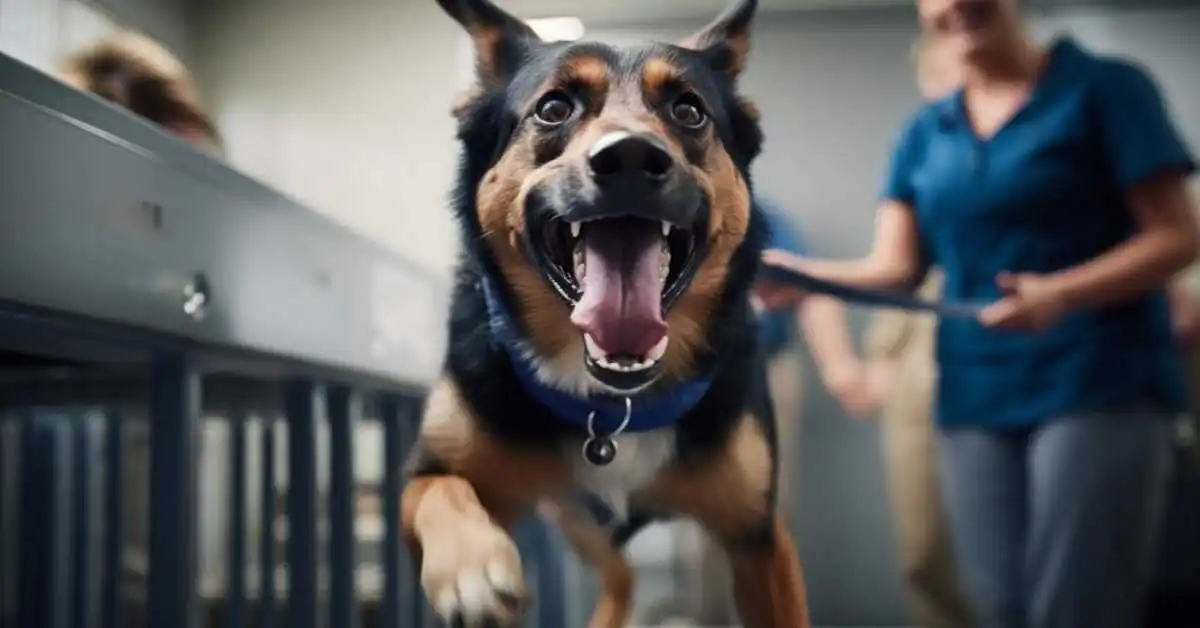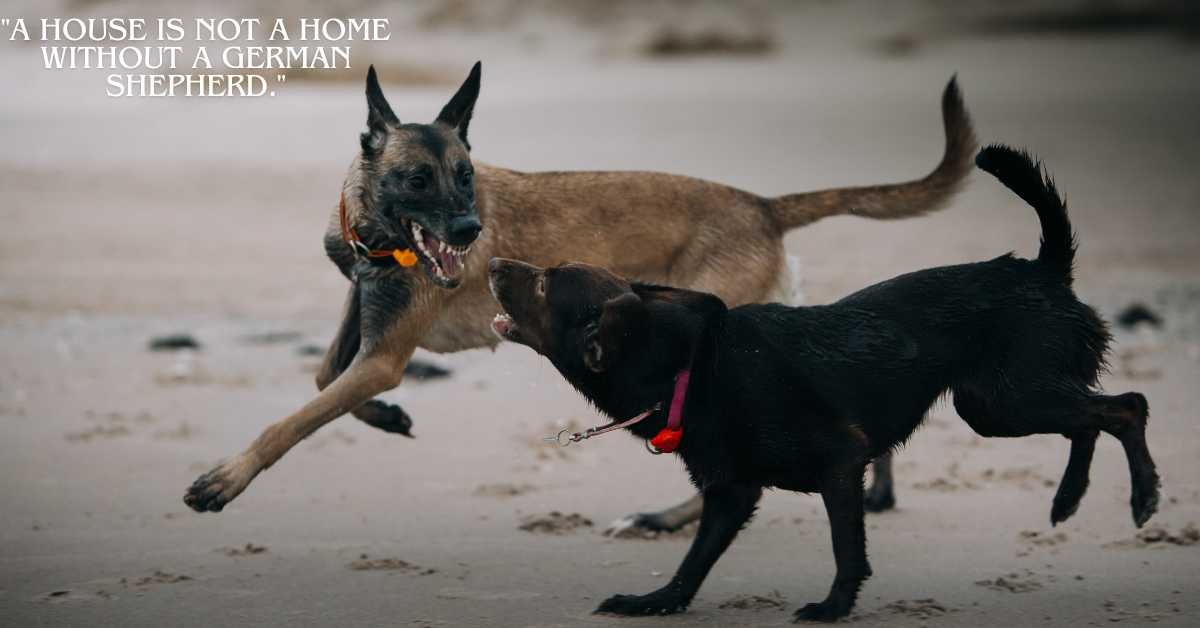How to train a German Shepherd puppy not to bite
Understanding how to train a German Shepherd puppy not to bite requires recognizing this behavior as a natural part of their development. Puppies, especially German Shepherds, use their mouths to explore their environments and learn about the world. When they begin biting, it’s crucial to steer this behavior positively. Redirecting their biting from hands or furniture to acceptable objects, like chew toys, is compelling. Positive reinforcement reinforces good habits by praising or rewarding your puppy when they chew on appropriate items. Consistency is vital in this training process, as it helps your puppy learn what is acceptable and what is not. If difficulties persist, seeking professional help from a dog trainer can provide personalized strategies to curb biting behaviors in your German Shepherd puppy. Can you tell me why my German Shepherd puppy bites me? Understanding the biting behavior of a German Shepherd puppy is crucial to redirecting their energy and teaching them appropriate ways to engage with their world. Just like babies, puppies explore their environment with their mouths. However, what starts as innocent exploration can become painful as their teeth grow. It’s essential to recognize that your puppy doesn’t bite to hurt; instead, it’s a part of their learning process. Owners can train their German Shepherd puppies to stop biting in healthy and effective ways by employing specific techniques. Week Technique Used Number of Biting Incidents Notes on Puppy’s Response Improvement (Yes/No) 1 Positive Reinforcement 12 Responds well to treats Yes 2 Chew Toys 9 Prefers certain toys Yes 3 “Ouch” Technique 15 Initially surprised, then resumes No 4 Time-Outs 7 Becomes calmer afterwards Yes 5 Gentle Play 5 Enjoys tug-of-war without biting Yes 6 Socialization 4 More inhibited when biting Yes 7 Professional Help 3 Improved control and behavior Yes A list of 10 methods for German Shepherd puppy bite Unique Toys: Provide a curated list of puppy-safe chew toys to distract your German Shepherd from biting hands or furniture. This redirects their need to bite toward appropriate items. Play Barrier: If your puppy starts biting during play, place a barrier between your fingers and teeth, like a chew toy, to discourage direct biting. Engage in Controlled Play: Monitor play sessions closely. Use toys instead of hands to engage with your puppy, preventing them from thinking of fingers as chewing items. Verbal Feedback: When bitten too hard, react with a high-pitched “OUCH” or squeal, mimicking the yelps of a playmate. This indicates to your German Shepherd puppy that their biting hurts. Pause and Provide Space: If rough play and biting continue, take a pause. Stepping back or stopping playtime teaches your puppy that biting results in the end of fun activities. Introduce Puppy: Safe Partition Gates. When your puppy gets too excited, use partition gates to briefly separate yourself from the puppy, teaching them that biting leads to losing attention. Offer Frozen Kongs for Teething Relief: Teething can cause discomfort and increase biting. Frozen Kongs filled with treats or kibbles provide icy relief for their gums. Command Training for Impulse Control: Engage your German Shepherd in daily training sessions using commands to communicate expectations and facilitate awareness of their actions and consequences. Structured Exercise: Regular exercise sessions help release pent-up energy and reduce boredom-induced biting or destructive behaviors. Praise and Positive Reinforcement: Consistently praise good behavior and use treats or affection as rewards. Positive reinforcement encourages your puppy to repeat desired behaviors instead of biting. Brief Summary: Stopping Your German Shepherd Puppy’s Biting Training your German Shepherd puppy not to bite involves being patient, giving rewards, and staying consistent. When your puppy does something good, praise them and give them treats. This makes them happy and eager to learn. Remember, mistakes are chances to learn, not times for punishment. Use the exact words to tell your puppy what you want, which helps them understand better. Puppies are intelligent but forget quickly, so quick and clear feedback works best. Always be kind and patient. This helps your puppy trust you more, making training a fun time for both of you. Give your puppy lots of playtime and exercise to keep them from getting bored and biting. You can also make learning fun by turning it into a game. With time and the right approach, your puppy will grow into a friendly and well-behaved dog, making your home happier and more peaceful. Bottom lines Training your German Shepherd puppy not to bite is a remarkable journey that helps them learn good manners for life. Success comes from being consistent, patient, and understanding. Your puppy looks up to you and learns from everything you do together. Always encourage good behavior and gently guide them away from behaviors you don’t want. I train German shepherds to not bite every person. Make sure to have regular training times, introduce your puppy to other dogs and people, and give them lots of different activities to keep their minds and body active. This helps your puppy grow up to be a well-behaved dog. Always stay positive during training and be proud of all the progress, big or small. By building a solid bond of trust and respect, you and your puppy will have many happy years together without biting. FAQs How do I get my German Shepherd puppy to stop biting? To curb biting in your German Shepherd puppy, consistently use a firm “no” when they bite, offer them chew toys as an alternative to redirect their biting behavior, and praise them for positive behavior to reinforce good habits. How do you discipline a German Shepherd puppy? To discipline a German Shepherd puppy, use positive reinforcement like treats and praise to reward good behavior. Avoid using physical punishment, as it can lead to fear and aggression. Consistency and patience in training are critical to effectively disciplining and fostering a trusting relationship. A puppy that bites should be disciplined in what way? To discipline a puppy not to bite, consistently use a firm “no” when they bite and immediately offer them a chew toy … Read more


